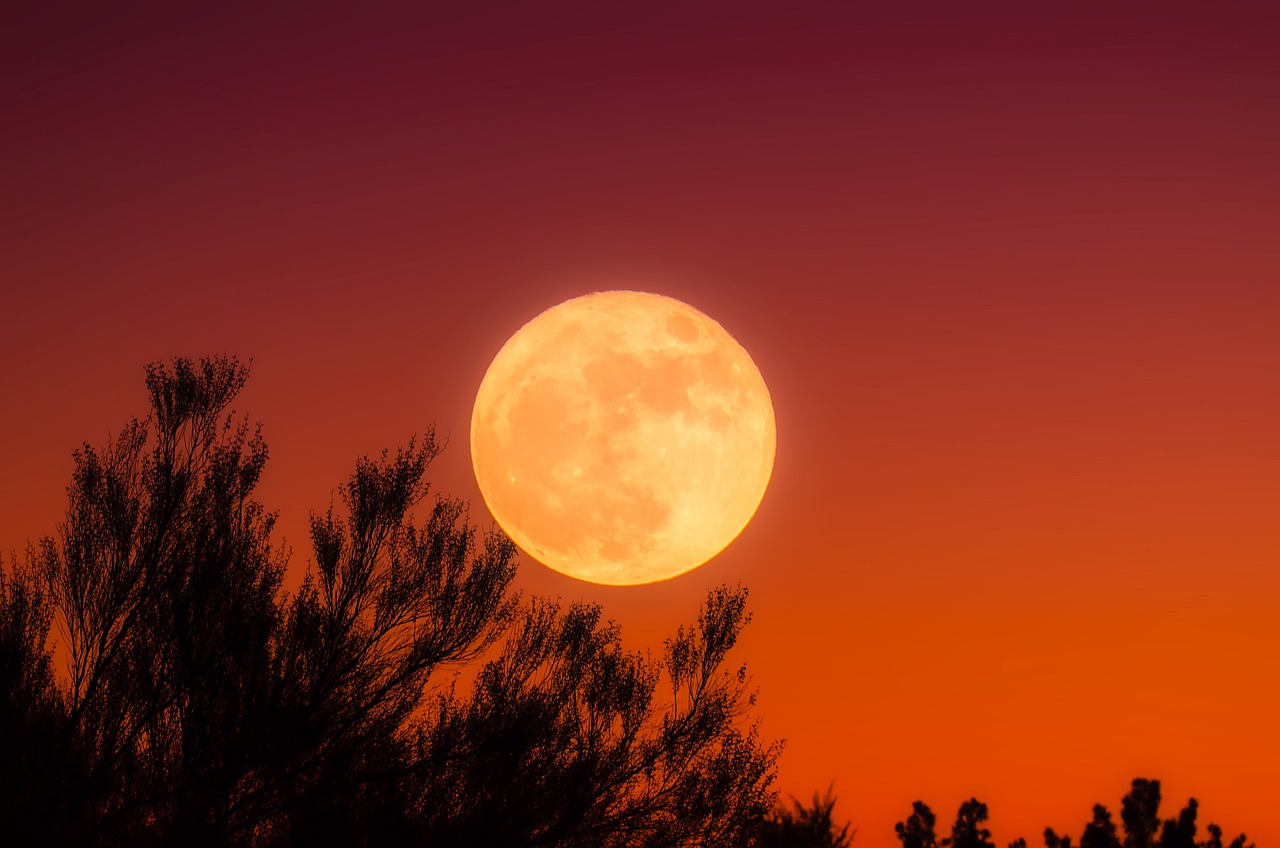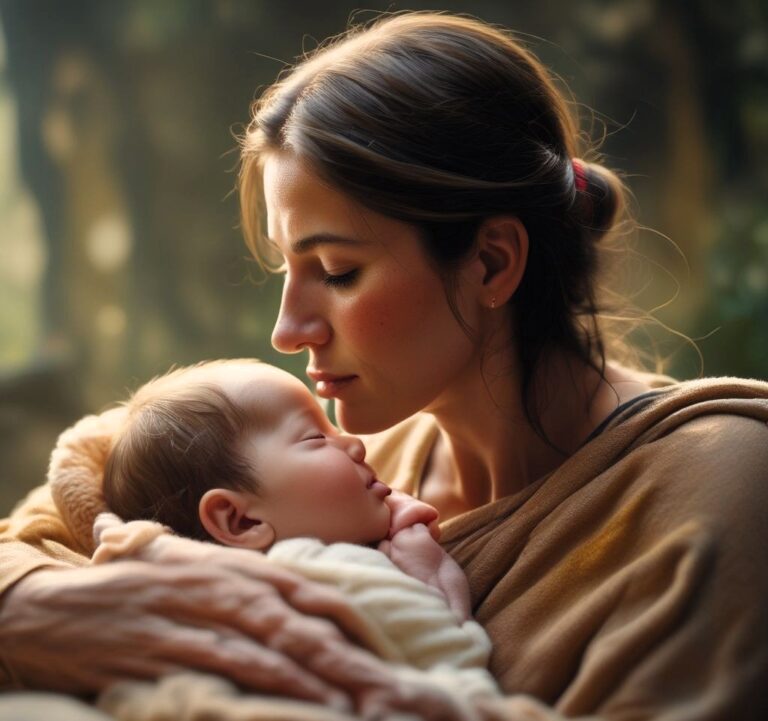Harvest Supermoon: September 18, 2024, Spectacular Event to Watch
The Harvest Supermoon is a rare lunar event that occurs when a full moon coincides with the moon’s closest approach to Earth in its elliptical orbit, known as perigee. This results in a larger-than-usual appearance of the moon in the sky.
It’s time for that annual autumnal event—gazing upon the full Harvest Moon on Tuesday, September 17. The name denotes that it’s the full moon that falls closest to the autumn equinox, which is sort of the sun’s way of saying, “Bring on the pumpkin recipes and sweater weather!”
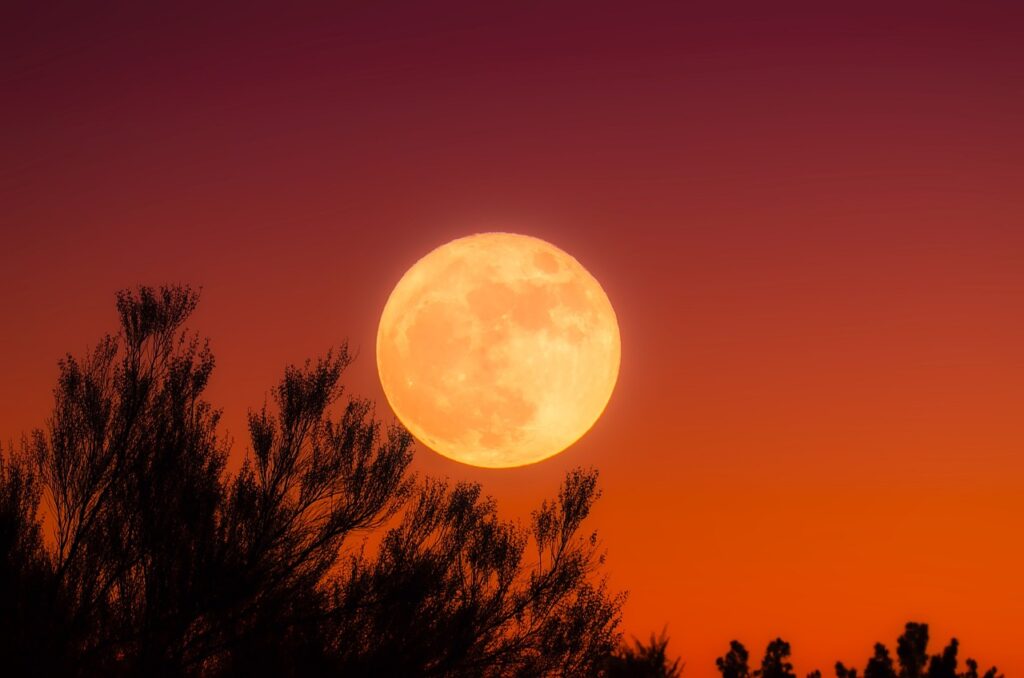
The term “Harvest super moon” specifically refers to a full moon that occurs near the autumnal equinox (around September 22 or 23 in the Northern Hemisphere), which marks the beginning of fall. This full moon is often associated with the harvest season, hence the name.
This will be a sectional lunar overshadowing. The Moon will begin entering the Earth’s partial shadow at 8:41 PM EDT. The slight darkening of the Moon will be hard to see until the top edge of the Moon begins entering the full shadow at 10:13 PM. The pinnacle of the overshadowing will be at 10:44 PM with just the main 8% of the Moon in full shadow. The Moon will wrap up, leaving the full shadow at 11:16 PM and the fractional shadow on Wednesday at 12:47 AM.
Harvest Supermoon: Interesting Facts
Larger appearance: The moon appears about 14% larger and 30% brighter than its average size.
Closest approach: The moon is at its closest point to Earth, about 363,104 kilometres (225,000 miles) away.
Full moon: The moon is fully illuminated by the sun’s light, making it visible all night long.
Harvest connection: In the past, the Harvest Supermoon helped farmers work late into the night to bring in their crops before the first frost.
Rare occurrence: The Harvest Supermoon is relatively rare, occurring only when the full moon and perigee coincide near the autumnal equinox. The Harvest Supermoon is not a yearly phenomenon, but rather a relatively rare occurrence. The timing of the full moon and the moon’s perigee (closest approach to Earth) doesn’t always align with the autumnal equinox.
However, there are a few reasons why we see a Super moon relatively frequently:
Perigee frequency: The moon reaches perigee about once a month, but it’s not always a full moon.
Full moon frequency: There are approximately 12-13 full moons in a year, but not all of them coincide with perigee.
Harvest Supermoon frequency: The Harvest Supermoon specifically occurs when the full moon and perigee align near the autumnal equinox, which happens about once every 2-3 years.
Harvest Super Moon in recent years:
2022: September 10
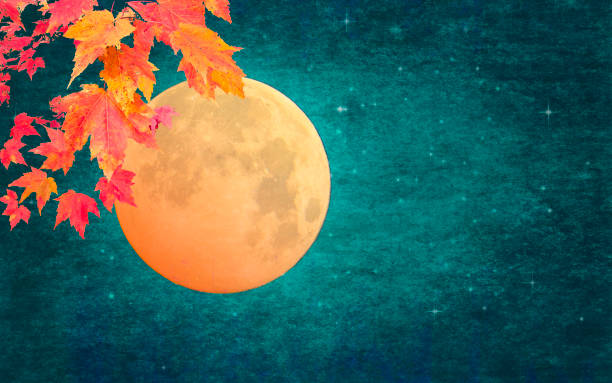
2020: October 1
2018: September 24
2017: September 28
2015: September 28
Keep in mind that the exact timing and frequency of the Harvest Supermoon can vary due to the lunar cycle and Earth’s elliptical orbit.
Perigee is a simple concept:
Perigee is the point in the moon’s orbit when it is closest to Earth.
Imagine a big circle (the moon’s orbit) around our planet. The moon moves along this circle, and at one point, it is at its closest distance to Earth. That’s perigee!
Think of it like a big oval or ellipse. The moon is constantly moving along this path, and perigee is the point where it is nearest to our planet.
Here’s a rough idea of the moon’s distance from Earth:
Average distance: about 384,400 kilometres (238,900 miles)
Perigee (closest point): about 363,100 kilometres (225,000 miles)
Apogee (farthest point): about 405,500 kilometres (252,000 miles)
So, perigee is like the moon’s “close approach” to Earth!
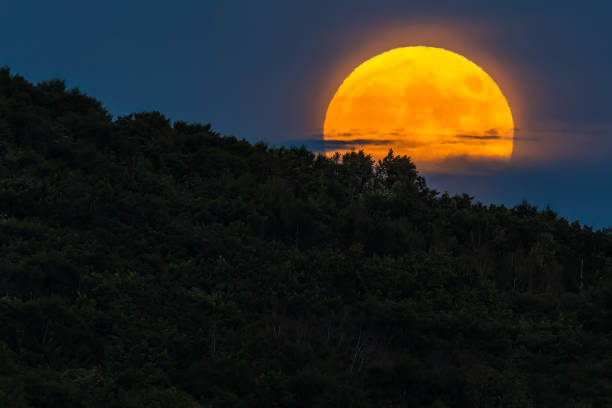
The Super moon will be visible from anywhere on the planet, provided the sky is clear ¹. The best time to see it would be just after moonrise when it is close to the horizon ¹. The Super moon will appear about 14% larger and 30% brighter than usual ².
Details about the upcoming Super moon ³:
Date: September 18, 2024
Distance from Earth: 222,131 miles (357,485 kilometres)
Type: Super Harvest Moon
Special feature: It will undergo a partial lunar eclipse
To watch the Super moon clearly, follow these tips:
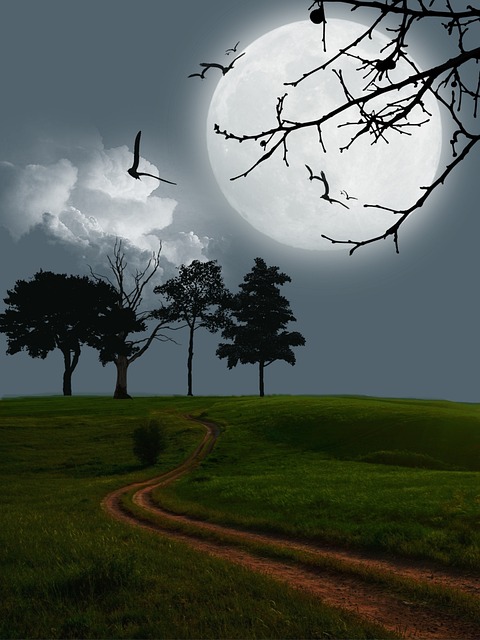
Find a good location: Get to a spot with a clear view of the eastern horizon (for moonrise) or western horizon (for moonset).
Timing is everything: Watch for the Super moon just after moonrise or before moonset when it’s close to the horizon.
Dark skies: Find a spot with minimal light pollution for the best views.
Bring binoculars or a telescope: If you have them, use binoculars or a telescope to get a closer look.
Camera-ready: Capture the moment with a camera or smartphone.
Be patient: Allow your eyes to adjust to the dark, and be prepared to spend some time gazing up at the sky.
Dress comfortably: Bring a chair, blanket, and snacks to make it a comfortable experience.
Check the weather: Clear skies are essential, so check the forecast beforehand.
Moonrise and moonset times: Plan and know the exact times for your location.
Enjoy the moment: Relax and appreciate the beauty of the Super moon!
Additionally, consider the following:
Try to spot the Supermoon when it’s near a landmark or a familiar object to appreciate its size.
Take photos or videos to capture the moment.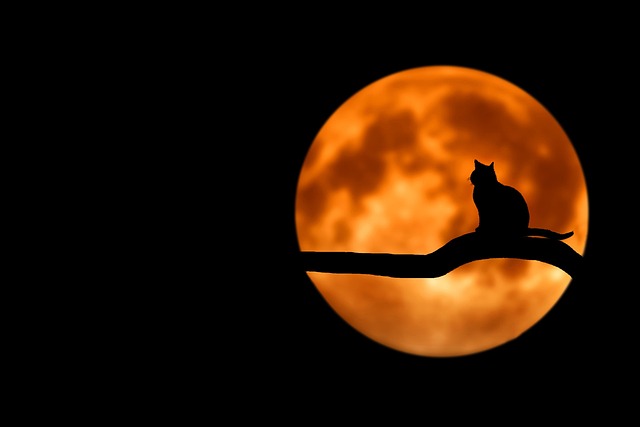
Share the experience with friends and family.
Learn more about the Super moon and its significance to enhance your experience.
Happy Supermoon gazing!
Its significance is related to religious beliefs, including the myth attached to
The Supermoon has significant cultural, religious, and mythological importance across various societies. Here are a few examples:
Harvest Moon: In many ancient cultures, the full moon closest to the autumnal equinox marked the beginning of the harvest season. This Super moon was considered a blessing for a successful harvest.
Lunar Cycles: In many Eastern cultures, the full moon is associated with spiritual growth, enlightenment, and celebration. The Super moon amplifies these beliefs, symbolising heightened spiritual energy.
Mythology:

Greek Mythology: The Super moon was associated with the goddess Selene, who rode across the sky on a silver chariot.
Norse Mythology: The full moon was linked to the god Odin, who was said to ride across the sky with his warriors.
Hindu Mythology: The Super moon is associated with the god Ganesha, the remover of obstacles.
Agricultural Significance: In many ancient cultures, the Super moon marked the ideal time for planting, harvesting, or fishing.
Astrological Significance: In astrology, the Super moon is believed to amplify emotions, intuition, and energies, making it an ideal time for spiritual practices and self-reflection.
Folklore and Superstitions:
Werewolf Legends: In medieval Europe, full moons were believed to trigger werewolf transformations.
Lunar Eclipses: In some cultures, lunar eclipses were seen as omens or signs of impending disaster.
Religious Significance:
Islam: The Super moon marks the beginning of the month in the Islamic calendar.
Judaism: The full moon is associated with the festival of Sukkot, celebrating the harvest season.
Buddhism: The Super moon is considered an auspicious time for meditation and spiritual growth.
These are just a few examples of the significance and myths surrounding the Super moon. Different cultures and religions have their unique perspectives, making the Super moon a fascinating and multifaceted phenomenon.
Some simple yet valuable lessons and activities to make the most of the Supermoon experience:
Lessons:

Appreciate nature’s beauty: Take a moment to appreciate the moon’s splendour and the natural world.
Connect with traditions: Learn about the cultural and religious significance of the Supermoon.
Practice mindfulness: Use the Supermoon as an opportunity to focus on the present moment.
Embrace wonder: Allow yourself to feel a sense of awe and curiosity.
Activities:
Moon gazing: Spend time simply looking at the Supermoon, observing its size and brightness.
Journaling: Write down your thoughts, feelings, and reflections during the Supermoon.
Photography: Try capturing the Supermoon’s beauty through photography.
Meditation: Use the Supermoon as a focal point for meditation and relaxation.

Connect with others: Share the experience with family, friends, or community, fostering a sense of connection.
Learn about astronomy: Take the opportunity to learn about the moon’s orbit, phases, and eclipses.
Reflect on goals and intentions: Use the Super Moon as a time to reflect on personal goals and intentions.
Simple rituals:
Light a candle: Symbolise the light of the Super moon in your home.
Say a prayer or intention: Express gratitude or set intentions during the Super moon.
Make a wish: Allow yourself to dream and make a wish upon the Super moon.
Remember, the most important aspect is to make the experience personal and meaningful to you!
Here are some references for further learning and exploration:
Websites:
- NASA (National Aeronautics and Space Administration)
Books:
- “The Moon” by Seymour Simon (a children’s book)
- “Moondust: In Search of the Men Who Fell to Earth” by Andrew Smith
- “The Lunar Cycle” by Dai Vaughan
- “Astronomy for Dummies” by Stephen P. Maran
Documentaries:
- “When We Left Earth: The NASA Missions” (2008)
- “The Moon” (2008) by the BBC
- “Moon Machines” (2008) by the History Channel
- “The Planets” (1999) by the BBC
Mobile Apps:
- Sky Map (iOS, Android)
- Moon Phase Pro (iOS, Android)
- Star Walk 2 (iOS, Android)
- Lunar Phase (iOS, Android)
Online Courses:
- Coursera – “Astronomy 101” by the University of Arizona
- edX – “Astrobiology and the Search for Extraterrestrial Life” by the University of Edinburgh
- Udemy – “Astronomy: The Solar System and Beyond”
Feel free to explore these resources to deepen your understanding and appreciation of the Supermoon and astronomy!
References from the Quran Kareem Related to the Moon and Lunar Events:

Surah Al-Qamar (The Moon). This chapter is named after the moon and describes a lunar eclipse as a sign of the Day of Judgment.
“And the moon is eclipsed, and the sun and moon are joined, on that Day man will say, ‘Where can I flee?’ No, there is no refuge. To your Lord, that Day, is the destination.” (Quran 75:8-12)
Surah Al-Furqan (The Criterion). This verse mentions the moon’s phases and the importance of following the lunar calendar.
“They ask you about the new moons. Say, ‘They are measurements of time for the people and Hajj.'” (Quran 2:189)
Surah Ya-Sin (Ya-Sin). This verse describes the moon’s orbit and its reflection of Allah’s power.
“And the moon, We have measured for it mansions, till it returns like the old, dried-up palm branch.” (Quran 36:39)
Surah Al-An’am(The Cattle). This verse mentions the moon’s light and its role in navigation.
“And He is the One who has made the sun a shining light and the moon a reflected light, and has determined its phases, that you may know the number of years and the reckoning.” (Quran 10:5)
These verses highlight the Quran’s emphasis on the moon’s significance, its phases, and its role in the natural world. They also serve as reminders of Allah’s power and wisdom.
Some Ahadees (sayings of the Prophet Muhammad, peace be upon him) related to the moon and lunar events:
Lunar Eclipse
“The sun and the moon are two signs of Allah’s power. They do not eclipse for the death or birth of anyone. When you see an eclipse, pray and invoke Allah.” (Sahih Bukhari, Volume 2, Book 18, Number 151)
Moon’s Phases
“We are more in need of Allah’s guidance than the moon needs its phases to guide it.” (Sunan Abu Dawud, Book 22, Number 3585)
Night Prayer
“Pray during the night when the moon is full, for it is a sign of Allah’s power and a means of guidance.” (Sahih Muslim, Book 6, Number 2594)
Astronomy
“The sun, the moon, and the stars are all subject to Allah’s command. They move and change according to His will.” (Sahih Bukhari, Volume 4, Book 54, Number 421)
Signs of Allah
“The moon is a sign of Allah’s power, and its phases are a reminder of His wisdom.” (Sunan Ibn Majah, Book 11, Number 1936)
These Ahadees emphasise the importance of recognising Allah’s power and wisdom in the natural world, including lunar events. They also guide how to respond to these events with prayer, reflection, and gratitude.
Climate Change 2024:Sea Level Rise and Coastal Erosion Devastating Challanges in 21st Century
If you enjoyed this article, please like and share it with your friends. Don’t forget to share your personal experience/observations, thoughts and valuable suggestions for the education /benefit of others. Do subscribe to remain onboard and get more great content!
